Musk hails Starship demo as step toward 'multiplanetary' life; tests began with ugly explosion
- This time around, SpaceX not only returned the 232-foot rocket booster to the launch site, but snatched it the out of the air with two giant mechanical arms.
- Engineering teams pulled off the historic feat for the world's largest and most powerful rocket while also replicating a splashdown for the Starship itself in the Indian Ocean.
- The Starship is integral in NASA's plans of sending people back to the moon and Musk's grand vision of eventually colonizing Mars.
The massive Starship spacecraft built and operated by SpaceX flew on its boldest flight test yet, marking a pivotal step forward for the vehicle that will take astronauts to the surface of the moon and one day on to Mars.
The Starship, a 400-foot behemouth composed of both a rocket and a vehicle, underwent its fifth uncrewed demonstration Sunday morning from a launch site in Boca Chica near Brownsville, Texas. And this time around, SpaceX founder Elon Musk upped the ante – setting the goal of not only returning the 232-foot rocket booster to the launch site, but snatching it the out of the air with two giant mechanical arms.
Engineering teams pulled off the historic feat for the world's largest and most powerful rocket while also replicating a splashdown for the Starship itself in the Indian Ocean. The water landing had first been accomplished in the previous test flight in June after previous flights ended with the Starship exploding.
Following the test, a celebratory Musk took his social media site X to proclaim that a "big step towards making life multiplanetary was made today."
Musk had spent weeks pressuring and criticizing the Federal Aviation Administration over what he viewed as a "superfluous" delay in approving the Starship for another test flight, which he claimed SpaceX had been ready for since August. While the FAA, which licenses commercial rocket launches, had previously established a November timeframe for approval, the agency gave a last-minute go-ahead on Saturday.
The Starship is integral in NASA's plans of sending people back to the moon and Musk's grand vision of eventually colonizing Mars. Musk has previously stated his vision of sending the first Starships to Mars in late 2026, the next time that Earth and Mars line up, followed by crewed flights in 2028.
As SpaceX prepares for more test flights, here's what to know about what happened in all the previous launches so far.

Starship test flight:SpaceX launches Starship the 5th time; successfully catches booster in huge mechanic arm
Oct. 13, 2024: SpaceX catches rocket booster in mechanical arm
For its fifth test flight, the empty Starship blasted off Sunday morning from the southern tip of Texas near the Mexican border. As in previous tests, the vehicle flew on a trajectory over the Gulf of Mexico into orbit.
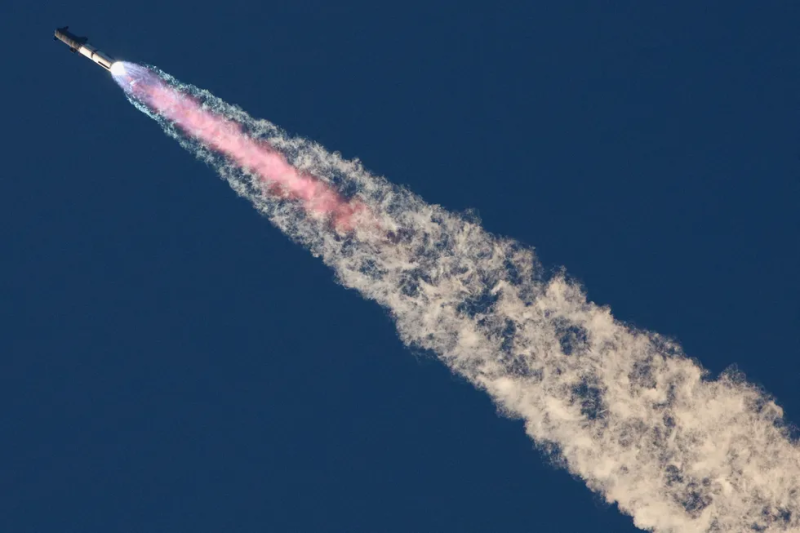
In a first, this time the first-stage Super Heavy booster flew back to the launch pad. SpaceX had built a launch tower with massive mechanized metal arms, nicknamed "chopsticks," that then managed to catch the descending booster in a daring maneuver.
Having the capability of catching the Starship booster is crucial for SpaceX, giving the company a completely reusable vehicle that is able to fly again.
Prior to the booster dropping and landing, it had pushed the Starship upward into the atmosphere, sending it soaring more than 130 miles high.
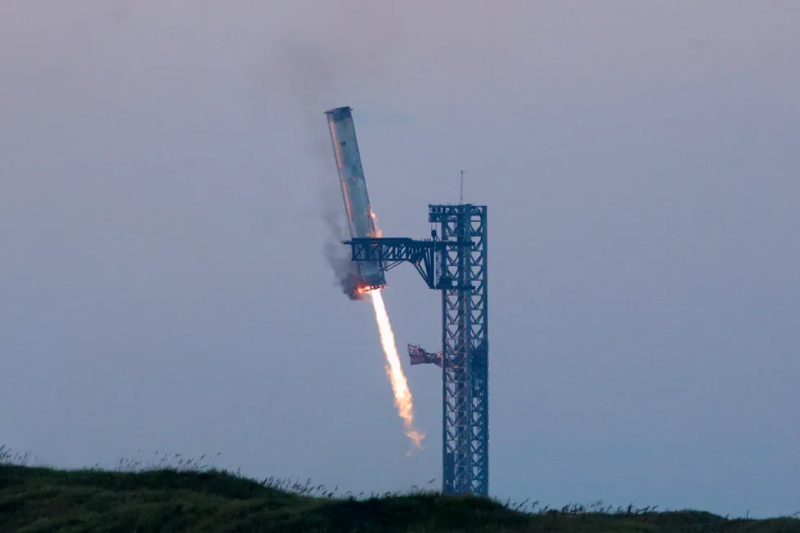
An hour after liftoff, Starship made a controlled landing in the Indian Ocean. Ahead of the demo, SpaceX engineers reworked the rocket's heatshield, replacing the entire thermal protection system with newer tiles and a backup ablative layer.
Following the flight test, NASA Administrator Bill Nelson sent congratulations to SpaceX.
The Starship is due to play a vital role in the U.S. space agency's lunar ambitions amid a heated international space race to get back to the moon. As part of NASA's ambitious Artemis campaign, the space agency's first lunar program since the Apollo era of the 1970s, NASA is paying SpaceX $4 million to develop a spacecraft capable of safely transporting astronauts from orbit to the moon's surface.
“As we prepare to go back to the Moon under Artemis, continued testing will prepare us for the bold missions that lie ahead – including to the South Pole region of the moon and then on to Mars,” Nelson said on X.
June 6, 2024: Starship completes first-ever successful landing burn
The craft experienced a successful separation from the booster, which saw 32 of 33 engines igniting properly during launch, about seven minutes into the flight.
The booster successfully came back down to Earth and splashed down in the Gulf of Mexico as planned and all six of Starship's engines powered it into successful orbital insertion.
Heat shields protecting the outside of the craft took a beating, with at least one throwing debris into one of the live-streaming external cameras, but it managed to make a successful reentry into Earth's atmosphere.
Roughly one hour and six minutes into the flight, Starship completed its first-ever landing burn and splashed down into the Indian Ocean to raucous applause.
March 14, 2024: Starship reaches space before being lost in atmosphere
In the third test, the Starship succeeded in separating from the booster and proceeding to orbit within minutes of launching, where it conducted a series of in-flight tests while coasting through space.
Video of its flight beamed back to Earth using SpaceX's Starlink Satellite network was able to capture the beginning of the spacecraft's re-entry into Earth's atmosphere. However, the signal was lost about an hour into the mission before SpaceX concluded that the craft likely broke apart.
Despite Starship's failure to make its planned splashdown in the Indian Ocean, SpaceX said the rocket still achieved several key milestones, including the successful firing of its 33 Raptor engines in the booster and the opening of a payload door.
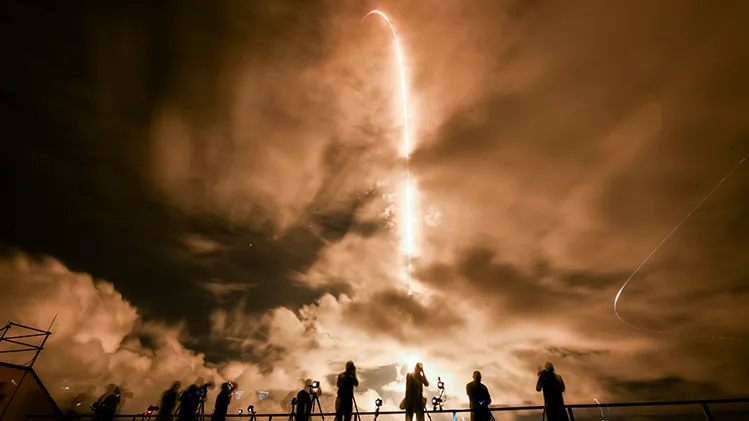
Nov. 18, 2023: Starship makes it further in second test, but still explodes
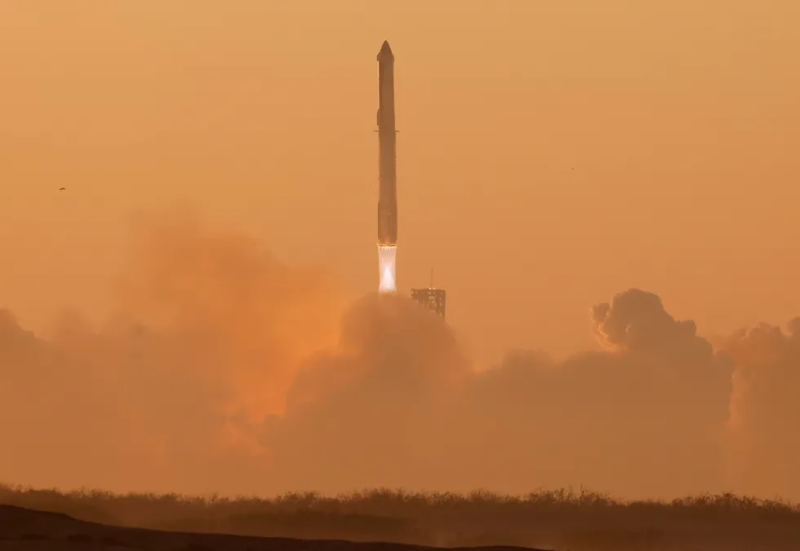
During the second launch test of the Starship, the rocket survived for longer and achieved some milestones, but it still eventually exploded.
The booster was able to successfully separate from the rocket, which reached space before the ground crew lost communication with it after nine minutes. Three minutes later, SpaceX lost both the booster and the spacecraft in two explosions.
Rather than seeing it as a setback, SpaceX expressed optimism about the stage separation while saying the rest would just be valuable data to help them remedy whatever went wrong.
April 20, 2023: Starship explodes minutes after inaugural launch
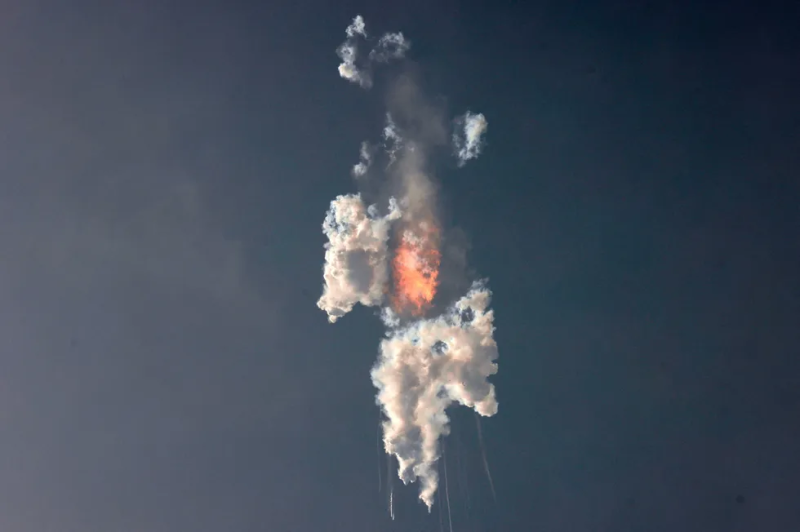
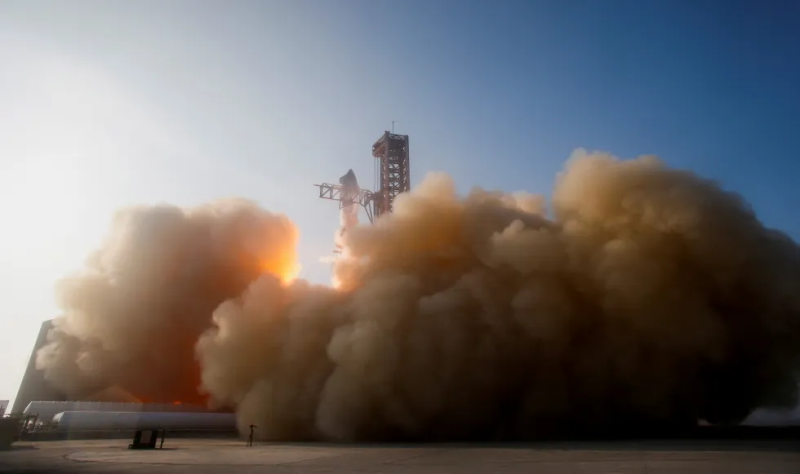
The Starship got off to a rough start when it exploded just four minutes into its inaugural test flight on April 20.
The craft was able to launch at SpaceX’s private Starbase site, but telemetry data revealed that several of the spacecraft's engines had failed, triggering the explosion before the booster and spacecraft were able to even separate.
SpaceX later confirmed the rocket's flight termination system was activated to destroy the tumbling vehicle before it met its fiery end.
Contributing: Julia Gomez, Mary Walrath-Holdridge, USA TODAY
Eric Lagatta covers breaking and trending news for USA TODAY. Reach him at elagatta@gannett.com
Disclaimer: The copyright of this article belongs to the original author. Reposting this article is solely for the purpose of information dissemination and does not constitute any investment advice. If there is any infringement, please contact us immediately. We will make corrections or deletions as necessary. Thank you.






